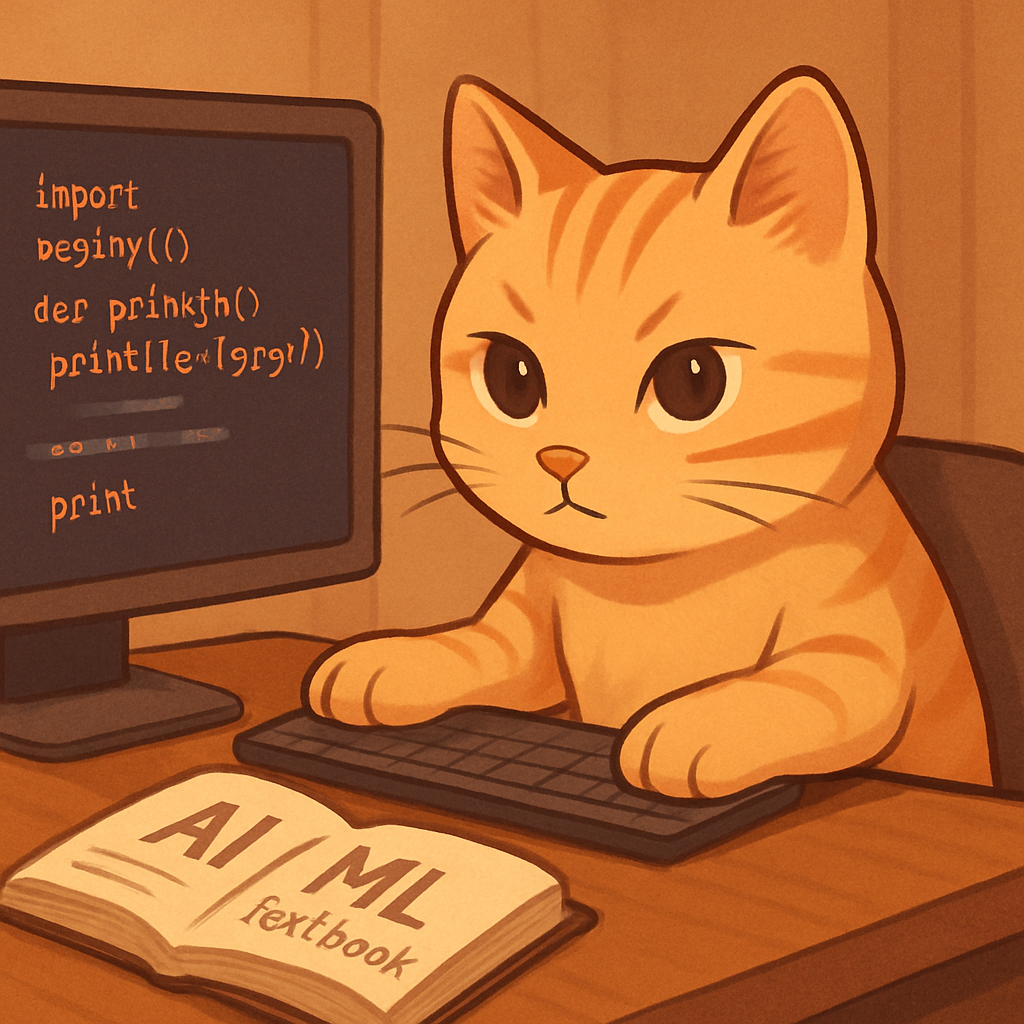Practicing Conditions and Understanding List Copy in Python
Why I studied this
I wanted to get better at using conditions in Python and understand how list copying works.
Both are basic but important in writing correct and efficient programs.
What I did
Using if, elif, and else
n = int(input("Enter a number: "))
if n > 0:
print("positive number")
elif n == 0:
print("zero")
else:
print("negative number")
This checks if a number is positive, zero, or negative.
Wage calculation example
name = input("Name: ")
hours = int(input("Work hours: "))
pay_per_hour = int(input("Hourly wage: "))
if hours > 20:
extra = int(pay_per_hour * 0.5 * (hours - 20))
else:
extra = 0
basic = hours * pay_per_hour
total = basic + extra
print(f"{name}'s total wage is {total} (basic {basic} + extra {extra})")
I used conditions to add extra pay only if hours worked are more than 20.
Shallow vs Deep Copy
a = [1,2,3,4,5,6,7,8,9,10]
b = a
a[2] = -3
print(a) # changed
print(b) # also changed
This shows shallow copy — both a and b refer to the same memory.
Making a real deep copy
b = []
for item in a:
b.append(item)
Or with list comprehension:
b = [item for item in a]
This creates a completely new list with the same values.
What I learned
I learned how to use if-elif-else to control program logic.
I also finally understood how list copying works, especially why shallow copy can cause bugs.
What I want to do next
I want to practice more list comprehensions and write more condition-based mini programs like menus or calculators.
